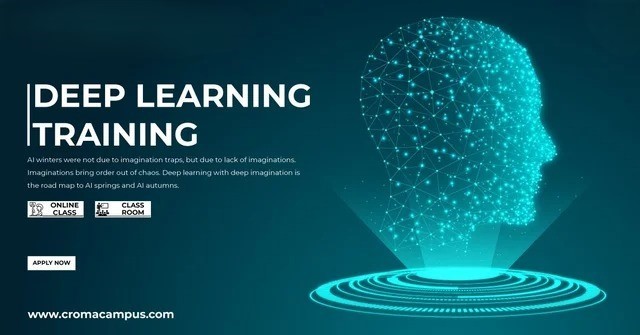Deep learning pipelines are a series of steps that help computers learn from data effectively. Each step has an important role. If one step is slow the whole learning process becomes slow. By optimizing pipelines we can make deep learning faster and more accurate. We can start by cleaning data so the computer sees only useful information. Then we choose the right model that can learn patterns well. Training the model needs the right hardware and settings to avoid mistakes. You can learn all these skills in a Deep Learning Online Course. It teaches you how to build pipelines from scratch and optimize them for better results.
Importance of Data Preparation
Data is the most important part of any deep learning project. If data is not clean the model will give wrong answers. We need to remove duplicates errors and irrelevant information. We also need to normalize data so all values are in a similar range. This helps models learn faster and gives better predictions. Many students take a Machine Learning Course in Delhi to learn how to handle data properly and prepare it for deep learning projects. These courses show step by step examples and practical exercises.
Choosing the Right Model
Not all models are good for all tasks. Some models are better for images some for text and some for numbers. Choosing the right model helps save time and improves accuracy. We also need to adjust model parameters like learning rate number of layers and batch size. This makes the model learn in the best way possible. In Hyderabad you can join a Machine Learning Course in Hyderabad to get hands-on experience with different models and learn how to tune them for better performance.
Optimizing Training
Training is the longest part of a deep learning project. If the training is slow it will waste time and resources. We can use GPUs or cloud servers to speed up training. We can also use techniques like mini-batches gradient clipping and early stopping. These methods make training faster and more stable. It is very important to monitor training loss and accuracy to know if the model is learning correctly. Proper optimization of training makes deep learning projects more successful.
Deployment and Monitoring
After training, we need to deploy the model. This means it can start making predictions on new data. Deployment should be smooth. Users should get answers quickly. We also need to monitor the model in production. This helps us check if it is performing well. If the model gives wrong answers, we retrain or update it. Good deployment and monitoring make sure the model works correctly over time.
Conclusion
Optimized pipelines save time and reduce costs. They also improve the accuracy of predictions. Better predictions help companies make smart decisions. Students and professionals who learn this skill get valuable knowledge. Hands-on courses in Delhi and Hyderabad give practical experience. You learn how to build real-world pipelines and improve them. These skills prepare you for jobs in deep learning and AI. Learning optimized pipelines makes you confident in handling big AI projects.
